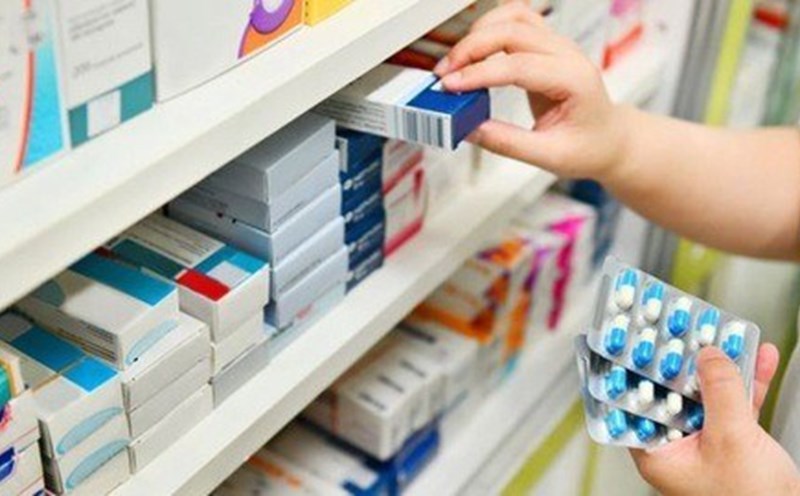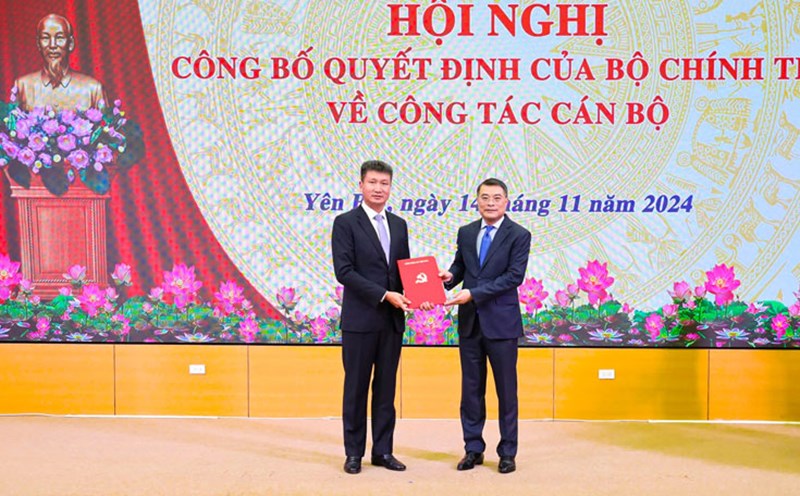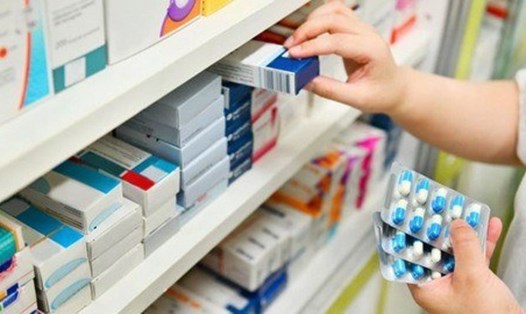Ensuring access to medicine for people at reasonable costs
The National Strategy for the Development of the Vietnamese Pharmaceutical Industry by 2030 and Vision to 2045 strives for the Vietnamese Pharmaceutical Industry to be on par with advanced countries in the region, ensuring access to medicines for people at reasonable costs; improving research capacity and applying available technology to produce generic drugs, drugs with new and modern dosage forms, aiming to become a center for the production and processing/technology transfer of generic drugs in the ASEAN region, striving to develop the domestic pharmaceutical industry to reach level 4 according to WHO classification; developing medicinal herbs, medicines and products from domestic medicinal herbs into a field of high-quality and high-value goods production; promoting the production of pharmaceutical ingredients; optimizing the use of medicines.
By 2030, strive to have 100% of medicines proactively and promptly supplied for disease prevention and treatment needs.
Domestically produced drugs strive to meet about 80% of the demand for use and 70% of the market value. Continue to strive to achieve the goal of producing 20% of the demand for raw materials for domestic drug production. Domestically produced vaccines meet 100% of the demand for expanded immunization and 30% of the demand for service immunization.
Vietnam strives to receive technology transfer and coordinate technology transfer to produce at least 100 original pharmaceutical drugs, vaccines, biological products including similar biological products and some drugs that Vietnam cannot yet produce.
There needs to be a mechanism to "take shortcuts and get ahead" and take advantage of potential.
Associate Professor, Dr. Le Van Truyen - Senior Expert in Pharmacy, former Deputy Minister of Health, commented that our country's pharmaceutical industry is having great advantages. Currently, Vietnam's GDP ranks 3rd in Southeast Asia, Vietnamese people's spending on health is increasing, therefore, pharmaceutical enterprises have great potential for development.
According to data from the Ministry of Health, from 2021 to present, the pharmaceutical industry has produced 50% of the drugs serving the people, ensuring quality at reasonable prices, meeting the needs of medical examination, treatment and disease prevention. Drug production has expanded in scale with 228 factories meeting GMP-WHO standards, including 18 lines meeting EU-GMP, Japan-GMP, TCA, PIC/s standards. The total value of the pharmaceutical market is estimated at about 7 billion USD in 2023. Average consumption is estimated at 70 USD/person, 10 times higher than in 2000. The rate of substandard drugs according to the report of the Central Institute for Drug Control remains below 1%. Domestically produced vaccines meet 11/12 types of vaccines in the expanded immunization program. In 2022, the Vietnamese pharmaceutical industry will have an export value of about 250 million USD.
“Although the pharmaceutical market has great potential, Vietnamese pharmaceutical enterprises currently mostly focus on producing popular drugs on the market, while specialized drugs, special treatments, requiring modern preparation techniques have not received adequate attention. In addition, raw materials for domestic drug production are still imported in large quantities despite the strength of large medicinal material sources. Along with that, human resources in the fields of clinical pharmacy, quality management, and research and development of new drugs are still lacking…”, Associate Professor, Dr. Le Van Truyen stated.
Ms. Tran Thi Nhi Ha, Deputy Head of the Petition Committee of the National Assembly Standing Committee, said that the Draft Law amending and supplementing a number of articles of the Pharmaceutical Law submitted to the National Assembly at the 8th Session has preferential provisions for the development of the pharmaceutical industry and the development of medicinal plant growing areas in the country.
The contents of the draft law have mentioned preferential policies for the development of the pharmaceutical industry or state policies on pharmaceuticals. Hopefully, the draft Law amending and supplementing a number of articles of the Pharmaceutical Law will have a breakthrough compared to the 2016 Pharmaceutical Law on policies for the development of the pharmaceutical industry. For example, incentives for businesses when producing new drugs, high-tech drugs or rare drugs. These are very important incentives and need to be specifically stipulated in the law to encourage investors in the field of pharmaceutical industry production.
"One of the points mentioned in the Draft Law amending and supplementing a number of articles of the Law on Pharmacy is to promote the development of the pharmaceutical industry, prioritize research, receive technology transfer and produce innovative drugs, high-tech drugs, biological drugs/drug ingredients, standardized medicinal herbs, and ingredients from available medicinal herbs in the country," said Ms. Ha.











